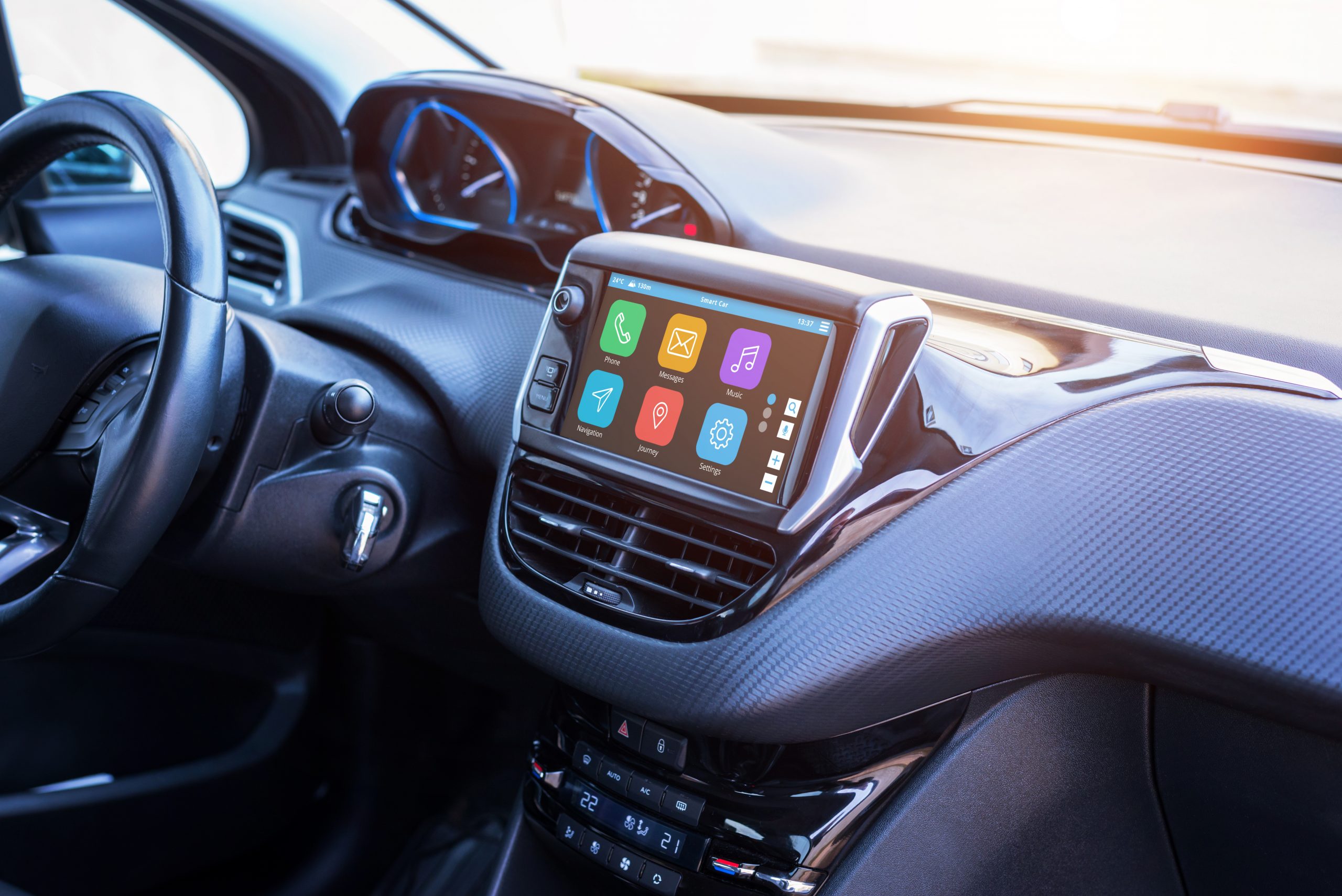Insurance
Who is responsible if a self-driving car crashes?

The Law Commission has laid out plans for companies, not users, to be held responsible if an autonomous vehicle crashes.
The watchdog has published a report making recommendations for the safe and responsible introduction of self-driving cars.
The report recommends introducing a new Automated Vehicles Act, to regulate vehicles that can drive themselves. It also wants a clear distinction between features which just assist drivers, such as adaptive cruise control, and those that are self-driving.
Under the Law Commission’s proposals, when a car is authorised by a regulatory agency as having “self-driving features” and those features are in-use, the person in the driving seat would no longer be responsible for how the car drives. Instead, the company or body that obtained the authorisation (an Authorised Self-Driving Entity) would face regulatory sanctions if anything went wrong.
Nicholas Paines QC, public law commissioner, said: “We have an unprecedented opportunity to promote public acceptance of automated vehicles with our recommendations on safety assurance and clarify legal liability. We can also make sure accessibility, especially for older and disabled people, is prioritised from the outset.”
The proposals look at the difference between “driver assistance” and “self-driving”. It says that many driver assistance features are currently available to help a human driver and it anticipates that, in future, these features will develop to a point where an automated vehicle would be able to drive itself for at least part of a journey, without a human paying attention to the road. For example, a car might be able to drive itself on a motorway, or a shuttle bus might be able to navigate a particular route.
Once a vehicle is authorised by a regulatory agency as having self-driving features, and a self-driving feature is engaged, the Law Commissions recommend a new system of legal accountability.
Under its proposals the person in the driving seat would no longer be a driver but a “user-in-charge”. A user-in-charge can’t be prosecuted for offences which arise directly from the driving task. This means they would have immunity from a wide range of offences such as dangerous driving to exceeding the speed limit or running a red light. However, the user-in-charge would retain other driver duties, such as carrying insurance, checking loads or ensuring that children wear seat belts.
The Authorised Self-Driving Entity (or ASDE) that had the vehicle authorised would have responsibility for it. So, if the vehicle was driven in a criminal or unsafe way, an in-use regulator would work with the ASDE to ensure the matter didn’t reoccur.
Some vehicles might be authorised to drive themselves without anyone in the driver seat. Here any occupants of the vehicle would simply be passengers. Instead of having a user-in-charge, a licensed operator would be responsible for overseeing the journey. There would also be requirements for passenger services to be accessible, especially to older and disabled people
The Law Commissions’ recommendations build on the reforms introduced by the Automated and Electric Vehicles Act 2018. The 2018 Act ensured that victims who suffer injury or damage from a vehicle that was driving itself will not need to prove that anyone was at fault. Instead, the insurer would compensate the victim directly.
Louis Rix, co-founder and COO of CarFinance 247, said: “As reports emerge that users of self-driving cars won’t be held accountable in instances of law-breaking in their vehicles, it’s important to remember that road users must take responsibility for any offences that take place while driving. To remove legal responsibility from drivers would be to betray the laws of the road, which keep us all safe.
“The onus in the case of speeding, dangerous driving and running red lights has always been be on the person in charge of a vehicle. Though they may not technically be driving, users of self-driving cars are still responsible for their vehicle. The person in the driver’s seat should still be considered the ‘driver’ of the vehicle, no matter its self-automation capabilities.
“As for the hopes that this would build public confidence in self-driving technology, there’s an equal, if not stronger, chance that this optimism could swing entirely in the opposite direction. Many may believe that these developments leave them risk-free when using the roads in or with self-driving technology, but opinions will change when road users become victims of the offences that this report defends.”